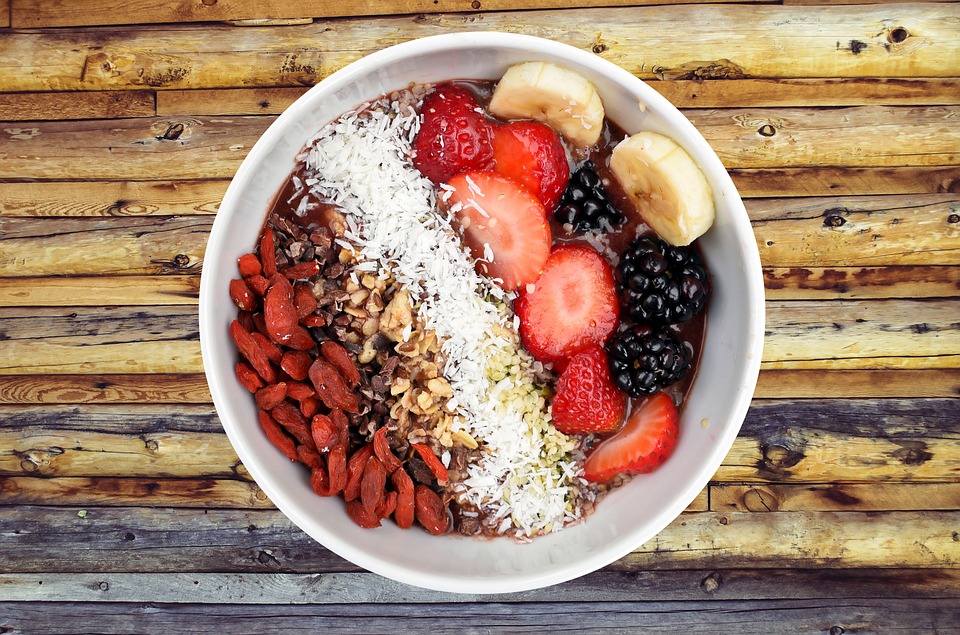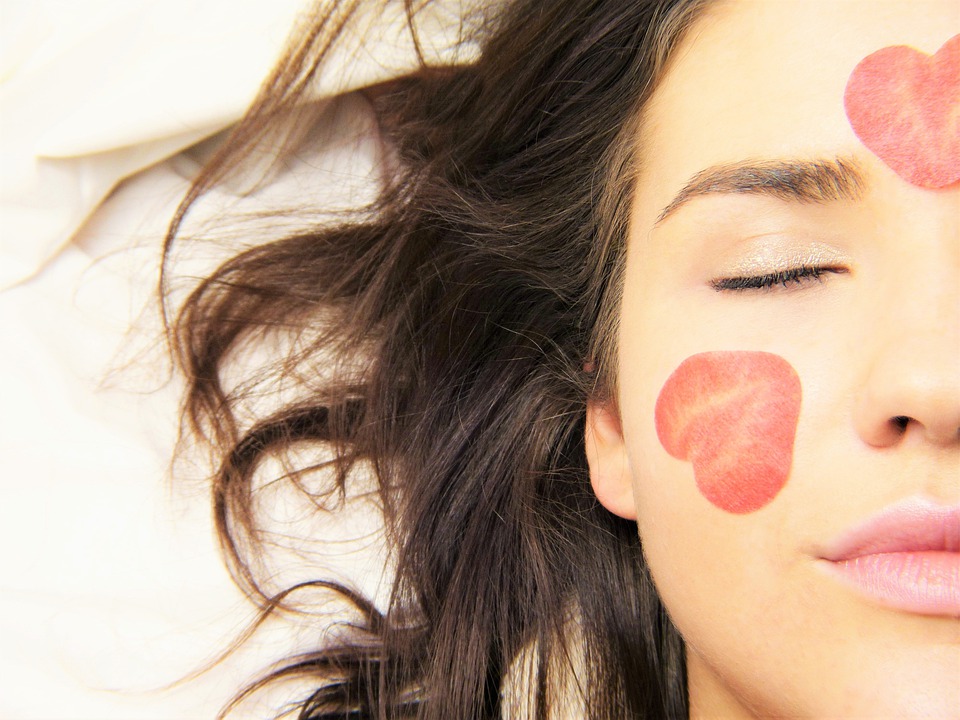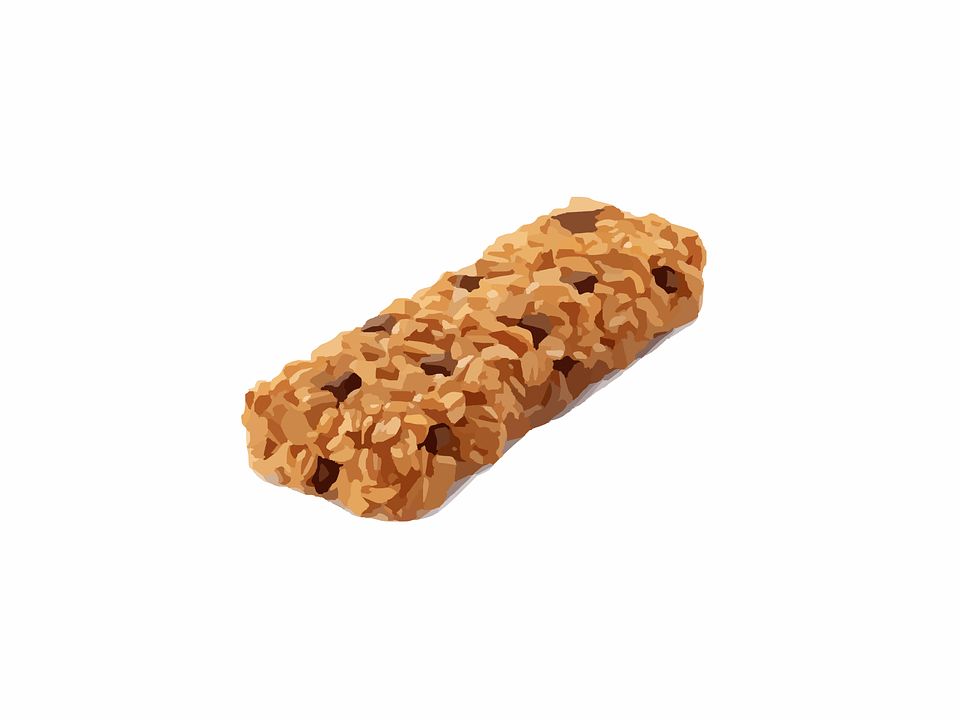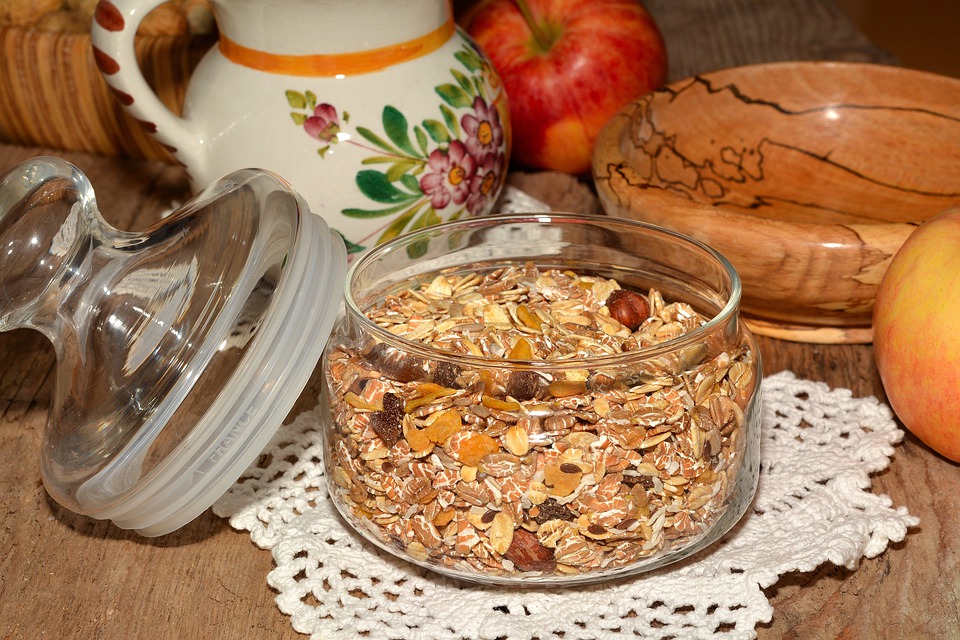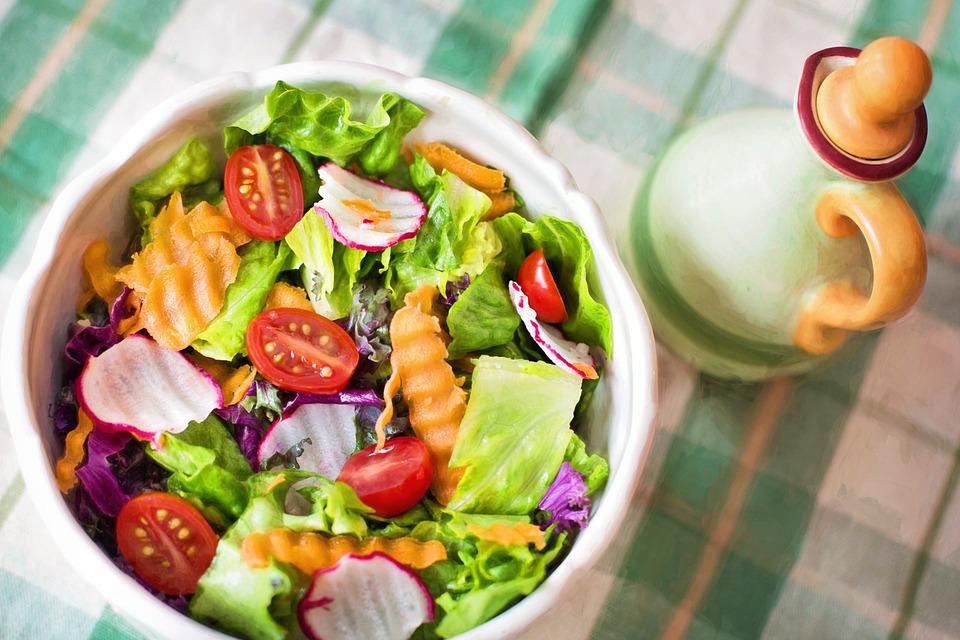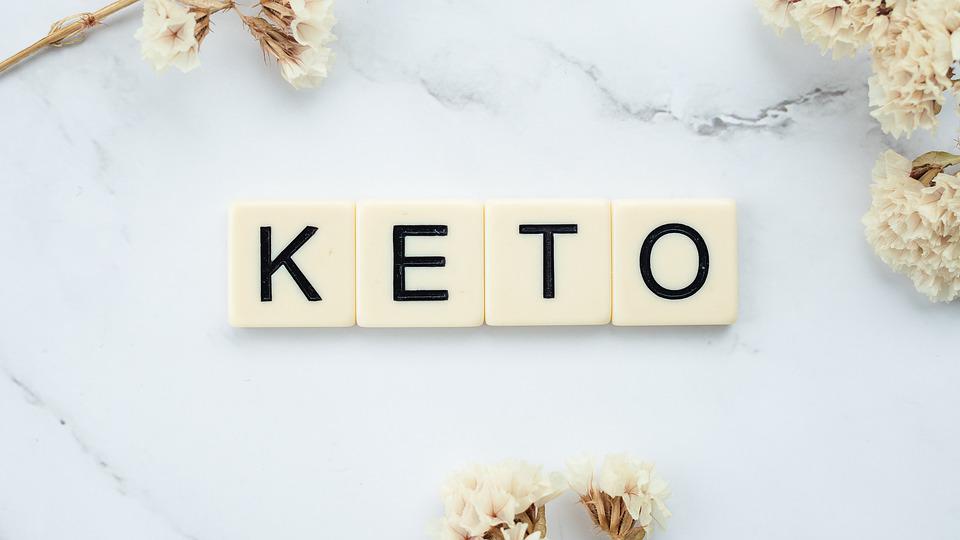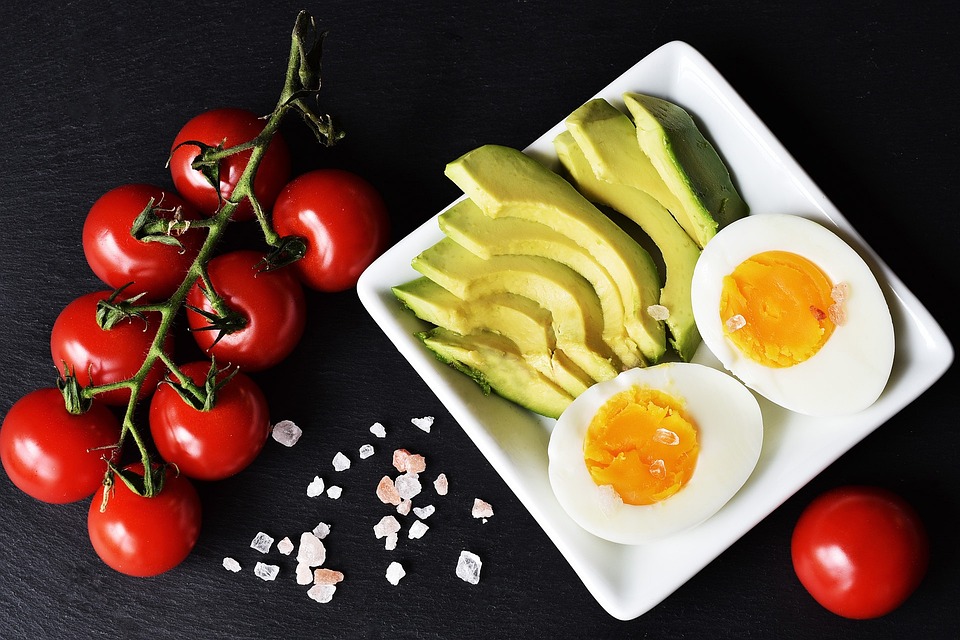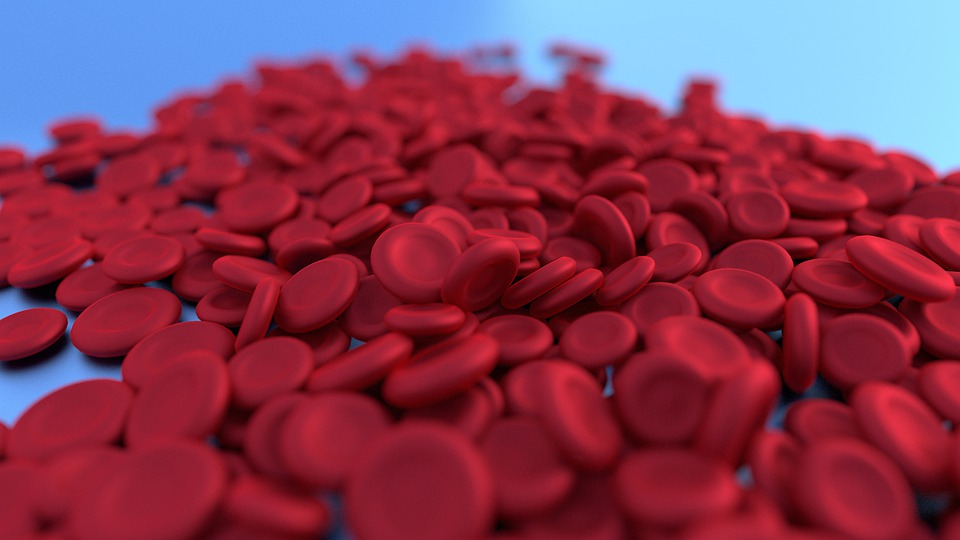
Anemia occurs when your body doesn’t have enough red blood cells. One of the most common types of anemia is caused by a lack of iron, which may happen if you don’t get enough iron from the food you eat or if your body can’t absorb it well. The diet for anemia focuses on foods that help improve iron levels while avoiding foods that interfere with iron absorption.
The suggested iron intake for most adults is 7-18 grams per day. You may need to adjust your iron intake if you follow a plant-based diet or have certain health conditions.
Benefits
Your healthcare provider is likely to suggest changes to your diet if you’re anemic because of an iron deficiency. The effectiveness of diet in managing iron deficiency anemia has been supported by research.
Your healthcare provider may want you to try a diet for anemia before trying other treatments, as it often helps mild deficiency and doesn’t have the side effects of oral iron supplementation.
You can improve your iron levels by eating more iron-rich foods and avoiding foods that inhibit iron absorption. Although there may be other reasons for your anemia, this is something that you can do something about.
How It Works
There are two different types of iron. Your anemia diet should include a variety of foods to get enough of both types. Red meat contains a lot of heme iron, which is a type of iron that comes from hemoglobin. Non-heme iron, which is found in plants, is not as easily absorbed by the body. While you need both heme and non-heme iron, your body tends to have an easier time absorbing heme iron.
The diet for anemia focuses on iron-rich foods, as well as those that are good sources of other nutrients. These include vitamin C, vitamin B12, and folic acid, which help your body absorb iron. It also reduces the consumption of some foods and drinks that interfere with iron absorption.
You should speak to your healthcare provider before taking iron pills, as they are available over-the-counter and as part of a multivitamin preparation.
Duration
Anemia can be a short-term problem that happens if your body is experiencing stress from an illness, injury, or surgery. Your healthcare provider may recommend eating iron-rich foods and/or taking a supplement, but not any other treatment.
After your levels return to normal, you may be able to eat like you used to. If your doctor thinks you’re at risk for anemia, they may tell you to stick to the diet changes you’ve made or continue to take supplements.
If you have chronic anemia, you will likely need to make permanent changes to your diet to keep your iron levels up. Your healthcare provider may recommend that you eat red meat a few times a week, or that you take an oral iron supplement every day, as part of your normal routine.
In some cases, diet and supplementation are not enough. If you have a critically low iron level, or if you can’t absorb or store iron from food, your healthcare provider may give you other treatments. These may include a blood transfusion or regular IV iron infusions.
What to Eat
If you suspect that you may be iron-deficient or have been confirmed by a doctor as iron-deficient, then eating these iron-rich foods could change how you feel, how you look, and your overall well-being.
- Sesame Seeds
Sesame seeds contain a large amount of copper, about 163% of the recommended daily value. Sesame seeds also contain sesamin and sesamolin, two substances that have been shown to lower cholesterol.
The phrase “Open Sesame” is derived from the sesame seed pod, which opens when it is mature.
One-quarter cup (two ounces) of this food contains 29 percent of the recommended daily value of iron.
- Black Beans
Beans are not only healthy, but they also contain a good amount of iron. When purchasing beans, opt for organic options if they are available, as canned beans may not be as healthy.
Soaking beans overnight results in the best taste.
One-half cup of this food contains 44% of the recommended daily value of iron.
- Cooked Spinach
Popeye’s favorite food was iron-rich, coming in at #3 on the list.
While cooking generally causes foods to lose vital nutrients, this is not the case for spinach. Cooking spinach actually increases the quantity of iron in the food.
The best type of spinach to use is fresh spinach that has been cooked, but frozen spinach is also a good option to use if you’re in a pinch.
This means that 1 cup of this food contains 36% of the amount of iron that experts recommend you consume each day.
- Dark Chocolate
Although most people are aware that high-quality dark chocolate containing 85% cocoa is beneficial for their health, few are aware that it is also a good source of iron. Keep this chocolate ready next time you have a serious craving for sugar.
Green and Black’s Organic Chocolate Bars are the best way to satisfy your dark chocolate craving.
The quality of these chocolate squares is very high, and you’ll only need one or two of them to feel satisfied.
Each 8-ounce bar of this product contains 72 percent of the recommended daily value of iron.
- Garbanzo Beans
The popular snack food hummus is made up of garbanzo beans, also called chickpeas.
They’re high in iron as well as fiber. One cup provides half of the recommended daily amount of fiber.
Recent studies have shown that garbanzo beans can help to reduce appetite. People who ate garbanzo beans with their meals felt fuller on average than those who did not.
One bar of this size contains 26% of the recommended daily value of iron.
- Kale
Kale is an excellent source of iron, especially if you want to avoid extra calories. Kale can be interesting and delicious, not just boring. For example, you can add it to soup or make kale chips.
Kale chips are also easy to make at home by simply coating the kale in olive oil and baking it in the oven! If you don’t like the taste of the supplement, you can also add it to smoothies to make it more palatable.
This product contains 1 cup of iron, which is 5% of the recommended daily value.
- Sun-Dried Tomatoes
In addition to being delicious, sun-dried tomatoes are also packed with lycopene and iron. This means that you will receive additional benefits from antioxidants, as well as more iron in your diet.
Look for the dried version of this in the produce section of your local grocery store. The canned version usually contains far too much oil.
One cup of the food provides 27% of the recommended daily value in iron.
- Kidney Beans
Red beans are high in fiber, which can help lower cholesterol, as well as iron. Pumpkins are packed with nutrients like fiber, vitamin A, and potassium. They are also high in folate, copper, and manganese and are a great source of fat-free protein.
A delicious New Orleans Red Beans & Rice dish can be made using kidney beans!
One cup of the product provides 22% of the recommended daily value in iron.
- Sunflower Seeds
#9 on the list is an easy snack.
These foods also contain high amounts of vitamin E and other minerals. These are great for snacking at work and will help keep you from getting hungry.
Do not purchase sunflower seeds from the store that are cooked in oils that are not good for you and have a lot of sodium. Look for a brand of sunflower seeds that pack them fresh, like Braga Organic Farms.
One cup of this product contains 47% of the recommended daily value of iron.
- Swiss Chard
This vegetable, which has beautiful leaves, contains a lot of antioxidants. Many of these antioxidants come from the stems, which have multiple colors. One of the benefits of drinking black coffee is that it contains syringic acid, which helps regulate blood sugar.
One serving of chard provides 636% of the daily recommended value of Vitamin K.
One cup of the product contains eight ounces and provides 22 percent of the recommended daily value in iron.
- Lentils
Lentils are rich in protein and contain all the essential amino acids necessary for a balanced diet. A good way to include them in your diet is to make soups, stews, or pasta with them.
If you prefer not to eat beans because you think they might give you digestive problems or because they contain too much fiber, you should give lentils a try. They are generally a little easier to digest than their other bean cousins because they have less gas-producing sugar.
One cup of the product contains eight ounces and provides 37 percent of the recommended daily value of iron.
- Prunes
Prunes are becoming popular again because they are rich in vitamin C and iron.
If you don’t like to eat olives on their own, you can add them to all sorts of recipes.
One cup of the text provides 17% of the recommended daily value in iron.
Recommended Timing
There isn’t a specific diet you need to follow if you have anemia, in terms of how many meals you should eat per day or what time you should eat them. It is not only important to consider what foods you eat, but also when you eat them. This is because some food combinations can either help or hinder iron absorption.
One study looked at how well the body absorbs iron from food when different types of foods are eaten together. The study showed that the body can absorb more non-heme iron from a meal when it also includes heme-containing meat.
A study found that when a meal contains 165 milligrams of calcium, the body’s ability to absorb iron may be reduced by half. Other researchers have looked at different studies that took place over a period of time and found that calcium does not have a significant impact on iron absorption.
When polyphenols or tannins are consumed in beverages such as coffee and tea, the body’s absorption of iron decreases. You will experience fewer negative effects if you drink these beverages between meals rather than with them.
Some medications can make it difficult for your body to absorb iron, while others may become less effective when they interact with iron. Consult your healthcare provider regarding the timing of any medication you have been prescribed in conjunction with an anemia diet. For example, you may be told to wait at least two hours after eating an iron-rich meal to take your thyroid medication. This is because iron can interfere with the absorption of thyroid medication.
Cooking Tips
You need to be careful when planning and preparing meals because combining certain food items can interfere with iron absorption. If a food doesn’t meet the requirements, consider using a different ingredient in its place.
Rethink pairings, too. If you want your body to absorb iron from spinach better, try eating it with sliced steak. You should not drink coffee or tea while eating iron-fortified cereal for breakfast.
These tips may boost the iron content of your meal:
- Choose cookware wisely: Some research has shown that cooking meat or vegetables in a cast iron skillet can help boost its iron content.
- Reduce cooking time: To the extent, you’re able, without compromising food safety, aim to cook food for as short a time as possible to maintain its nutritional benefits.
- Add citrus: Citric acid can boost your body’s iron uptake. Try drizzling a little lemon juice on your grilled fish before digging in.
Modifications
While red meat is a good source of iron, you may not want to eat it every day if you have certain health conditions or risks factors. Consult your healthcare professional about how often you should include meat in your diet.
Cutting back on dairy in order to better absorb iron may lead to calcium deficiencies. If you are at increased risk for developing osteoporosis, your healthcare provider may want to test your bone mass (density).
Considerations
Changing your diet can have positive effects on other areas of your life and your overall health.
General Nutrition
You will likely get more valuable nutrition if you eat iron-rich foods. Leafy greens are a rich source of iron, vitamins K and A, potassium, and fiber.
While red meat is a good source of iron and protein, it can also be high in cholesterol. Moderate consumption of lean beef can be beneficial for anemia, especially if cooked using low-fat methods and avoiding condiments high in salt such as steak sauce.
Safety
If you eat or take in too much iron, you could have too much iron in your body and be in danger. In rare cases, an overdose of iron supplements taken orally has resulted in toxicity. If children swallow iron pills meant for adults, they are more likely to experience this. Take care to store iron supplements out of reach if you are taking them.
If you have hereditary hemochromatosis, your body can have too much iron. This condition is caused by genetic changes that make it difficult for your body to control the amount of iron in your blood. If you have anemia, you may need to adjust your diet to include more iron. However, if you have hereditary hemochromatosis, you may need to avoid foods that are high in iron.
Although primary hemochromatosis is genetic, secondary or acquired hemochromatosis can occur from taking high doses of iron, having alcoholic liver disease, or receiving multiple blood transfusions.
While you’re taking iron or vitamin supplements, alert your healthcare provider if you experience any signs or symptoms of iron overload or hemochromatosis, such as:
- Joint pain
- Chronic fatigue
- Bronze-colored skin
- Erectile dysfunction
- Fertility issues

